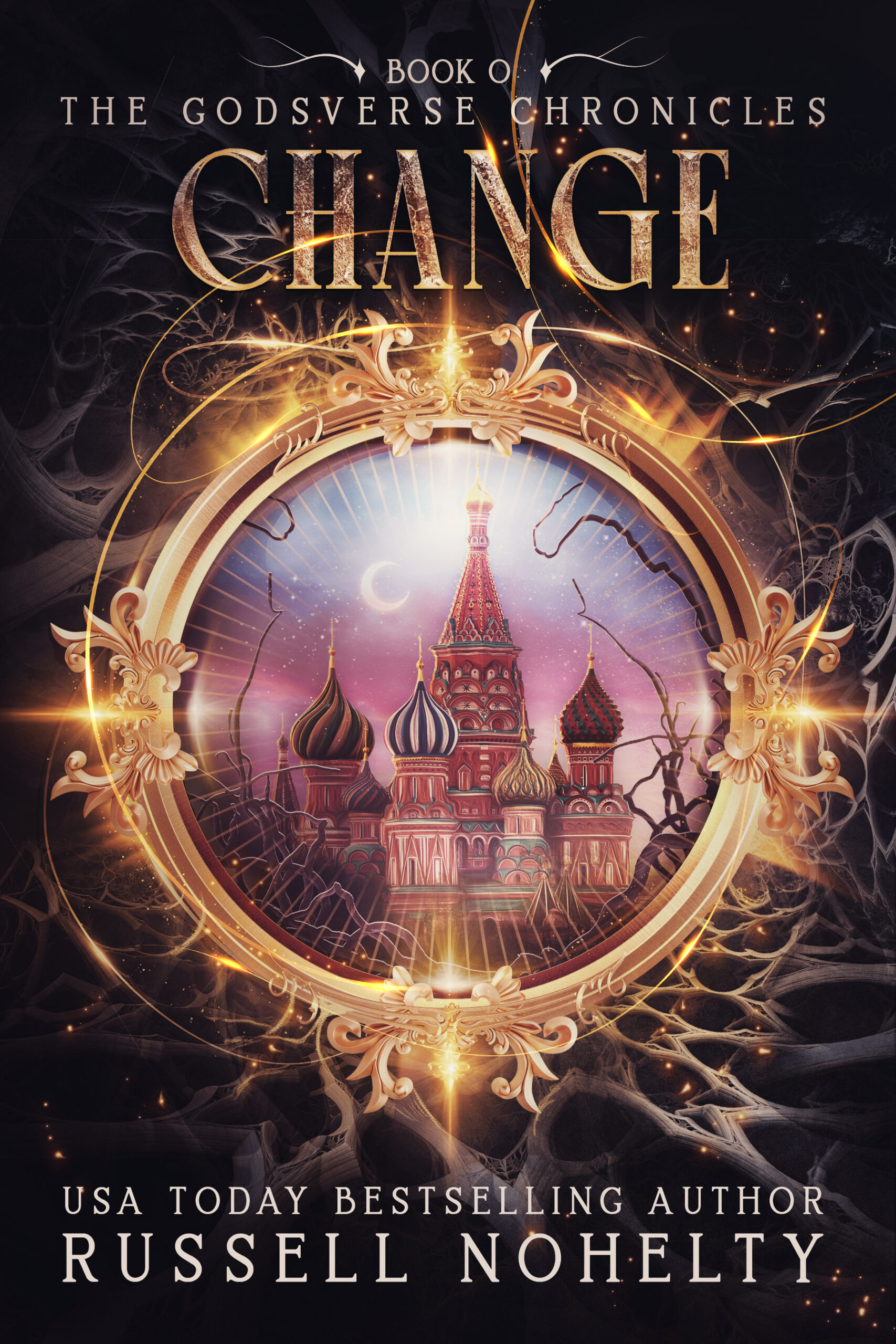I’ve been thinking a lot about the mechanics of a successful creative career, or any career, especially when it comes to products, which is what I do, and I’ve created a five-step process for how to think about the stages of a creative career, if you want to make something that is sustainable for the long haul.
Step one:
Learn how to make great stuff.
When you start, you suck at making things, so the first step is to get really good at making the thing you want to make. Practice and practice and practice every form of that craft, and try everything, until you can confidently create work that resonates with people.
When people’s eyes start going wide when you explain what you’ve made, or when you show them what you’ve made, and you can repeat that feeling over and over, you are probably making something pretty great.
Step two:
Find your “hit”.
Just because you know how to make something great doesn’t mean you know how to make a hit. A hit is something that breaks through and is financially profitable and generates marketing without much effort.
While it’s tempting to go with your first project as your “hit” every project has a natural ceiling which a project can’t get above. It’s likely your first project isn’t a hit, you’ve just never made money so you think a little bit of money is a hit, and that skews your perception.
Some projects have a low ceiling and others have a high ceiling. You need to find a project that resonates with your audience enough to generate exponential growth with every release, is easy to sell without much effort, and generates reliable income over the long term.
This is usually not your first project, which means you need to ping the water with several things searching for the one people will resonate with quickly and easily, and talk about with other people, because word of mouth advertising is the most valuable form of advertising.
For me, that first hit was Katrina Hates the Dead. It sold on my table without much effort, and it allowed me to build my company and a reputation.
Step three:
Double down on your hit.
Once you find your hit, it’s time to double down and create a lot of work in that universe and format and plan multiple releases to test the viability and sustainability of your hit.
Hopefully, your hit will be able to generate income over the long haul, with reliability.
After Katrina, I made Pixie Dust in the same universe, and it raised $25,000 at launch, immediately becoming a hit. It was so much easier to build upon a universe that was already successful than try to build something from scratch.
Step four:
Push to move that hit into the lexicon until it becomes able to self-generate sales on its own and deliver reliable income.
This should allow you to stabilize marketing and production costs. The goal is to understand that if you spend X, you will get back Y, reliably, over time. Work this until the system self stabilizes itself and you know you can put $1 into the system and extract $2.
Once we had Katrina Hates the Dead and Pixie Dust, we were able to go to shows and know our costs and the expected ROI, allowing us to scale up. I’ve now written six novels in the Godsverse Chronicles, with a seventh in production right now.
Step five:
Once that hit has broken through and delivers reliable income every month and every launch, use the funds to finance other potential hits.
This is where we added Cthulhu is Hard to Spell, an even bigger hit than The Godsverse Chronicles, and were able to drop enough money to turn Ichabod Jones: Monster Hunter a into a hit, too.
Now, I have several “hits”. The Godsverse Chronicles, Cthulhu is Hard to Spell, and Ichabod Jones: Monster Hunter. My goal now is to replace certain hits with bigger hits over time, and then sustain the four launches a year of production and marketing costs.
If you can find four reliable hits that you can release once a year, you then have a sustainable creative business making the thing you love, and you’ll never have to worry about when the next payday will come. Of course, you can also do this with a membership model, like Patreon, but I find that much more time consuming and with less return on investment than my current model.
As you grow, you’ll also begin to develop a backlist of profitable and saleable properties that can be combined together into powerful bundles that can grow your income over time.
Want to learn how to build a better creative business?
Take our free course and learn how to build a better creative business starting today.
We value your privacy and would never spam you. We will send you relevant offers and add you to our mailing list, though.

